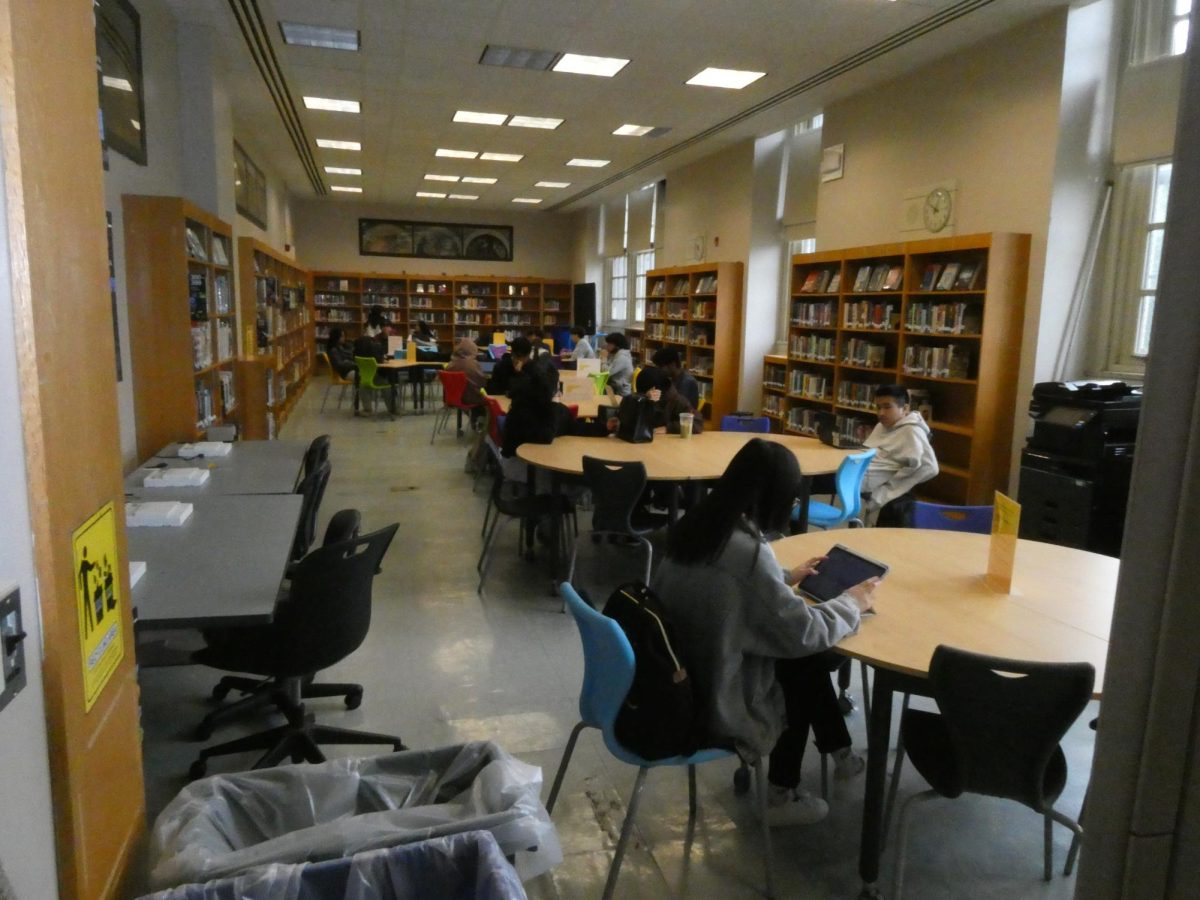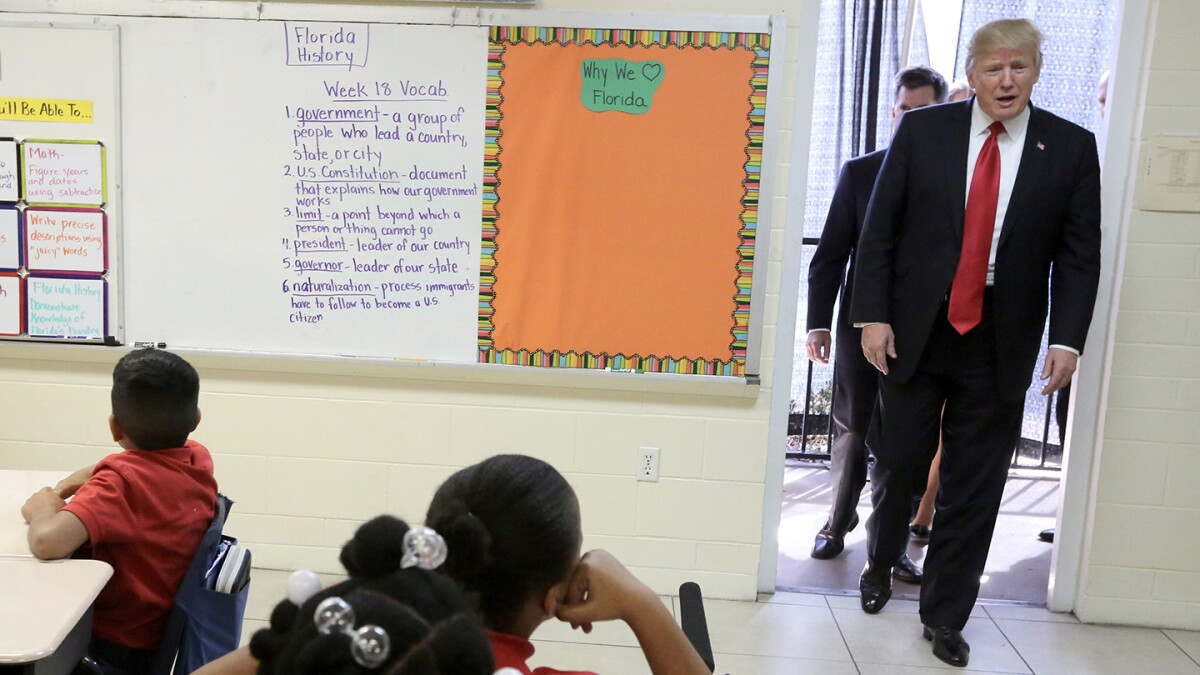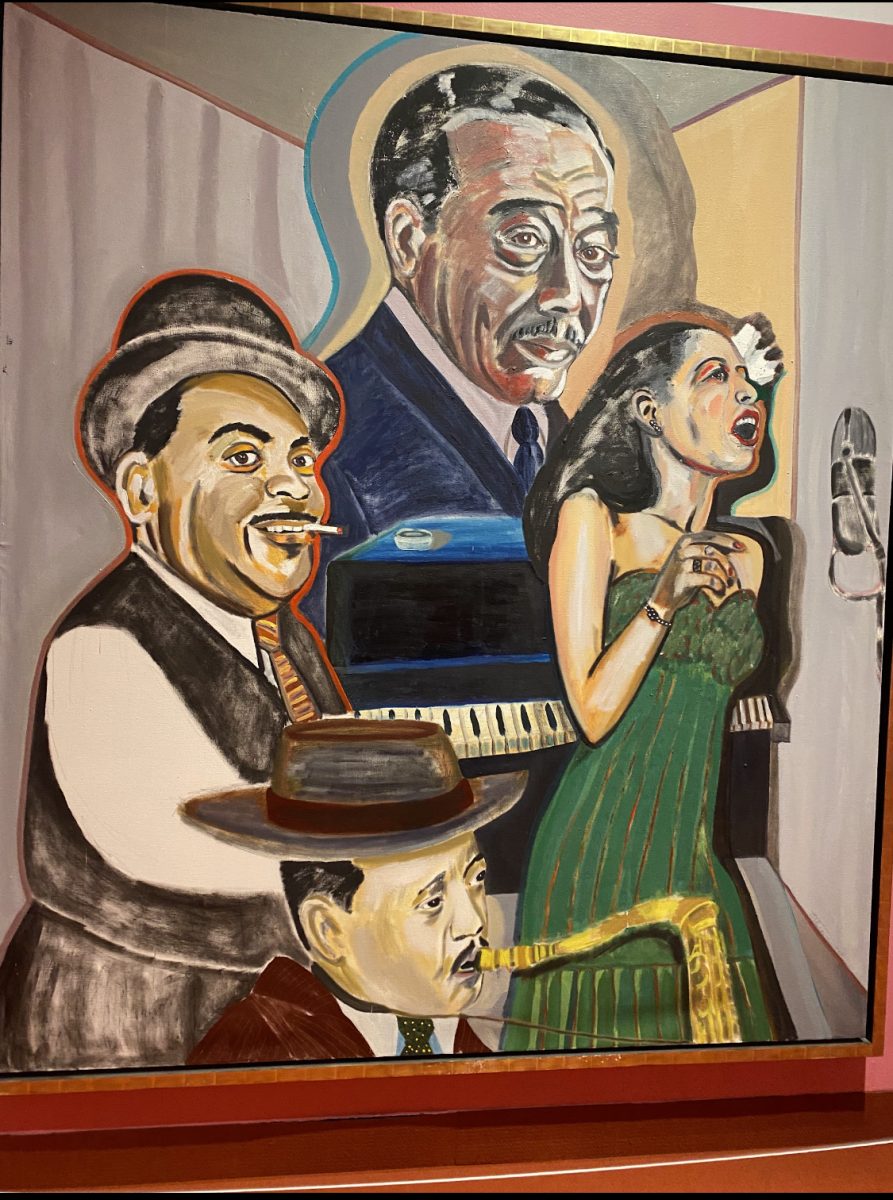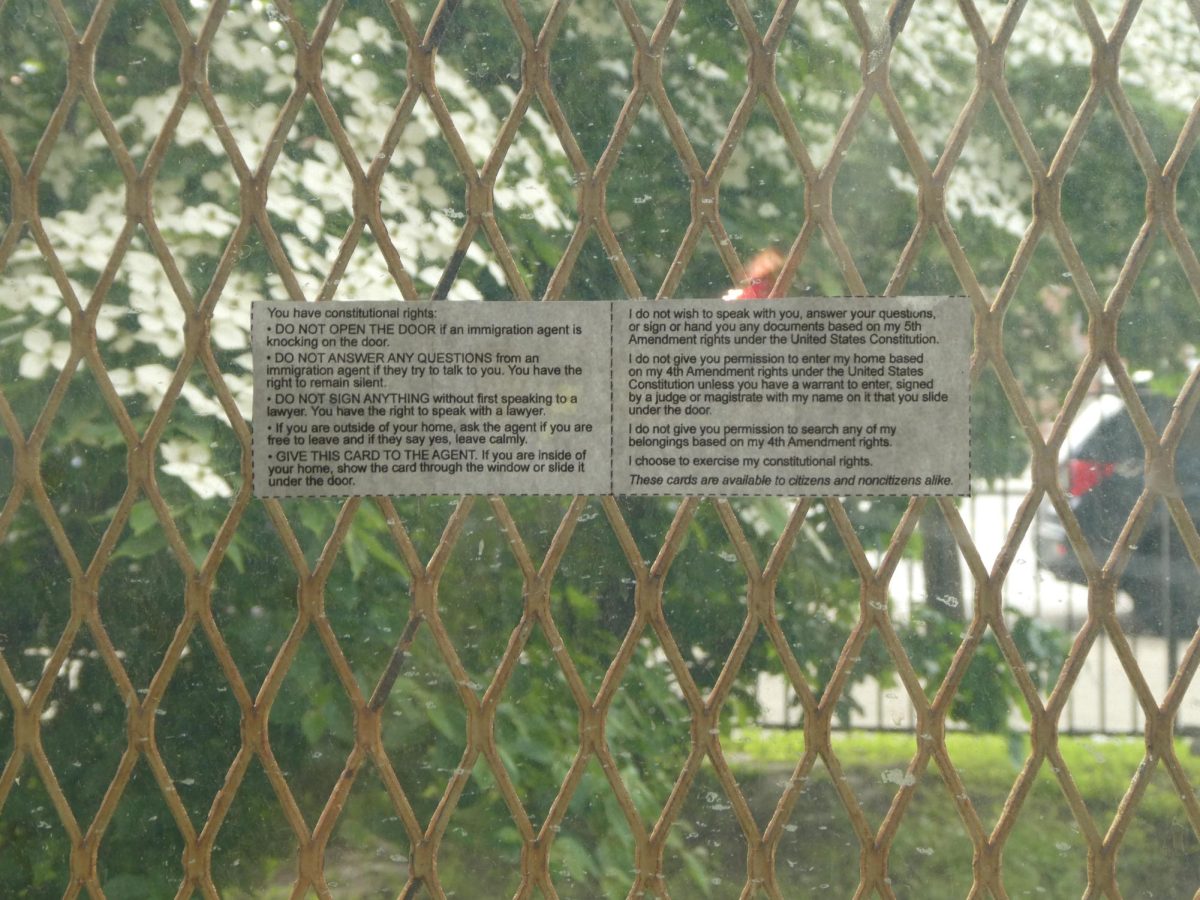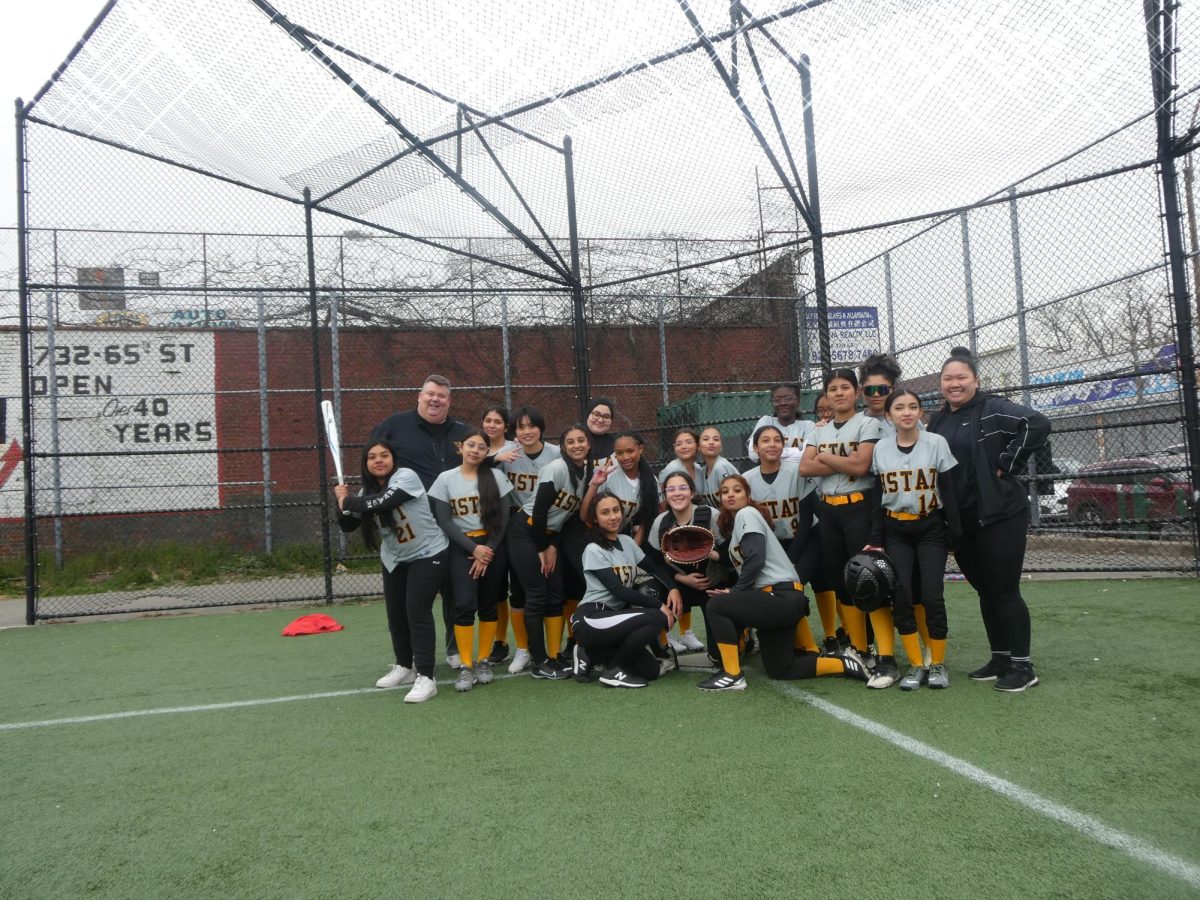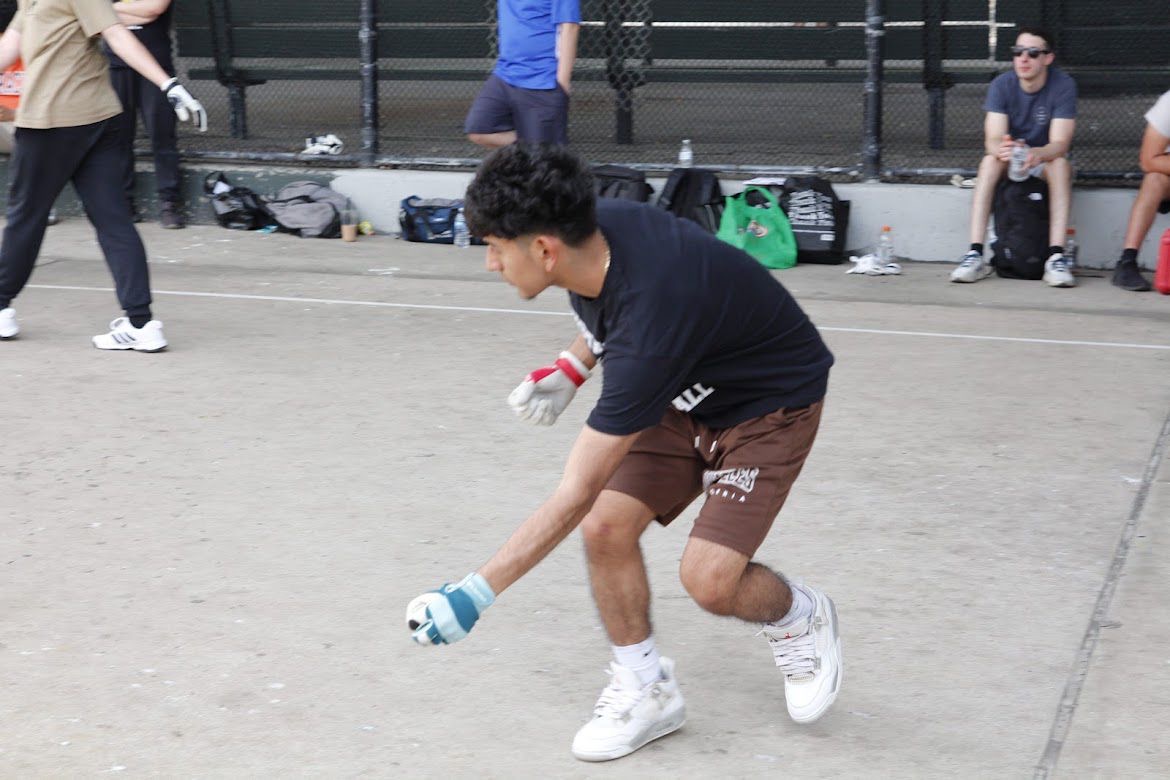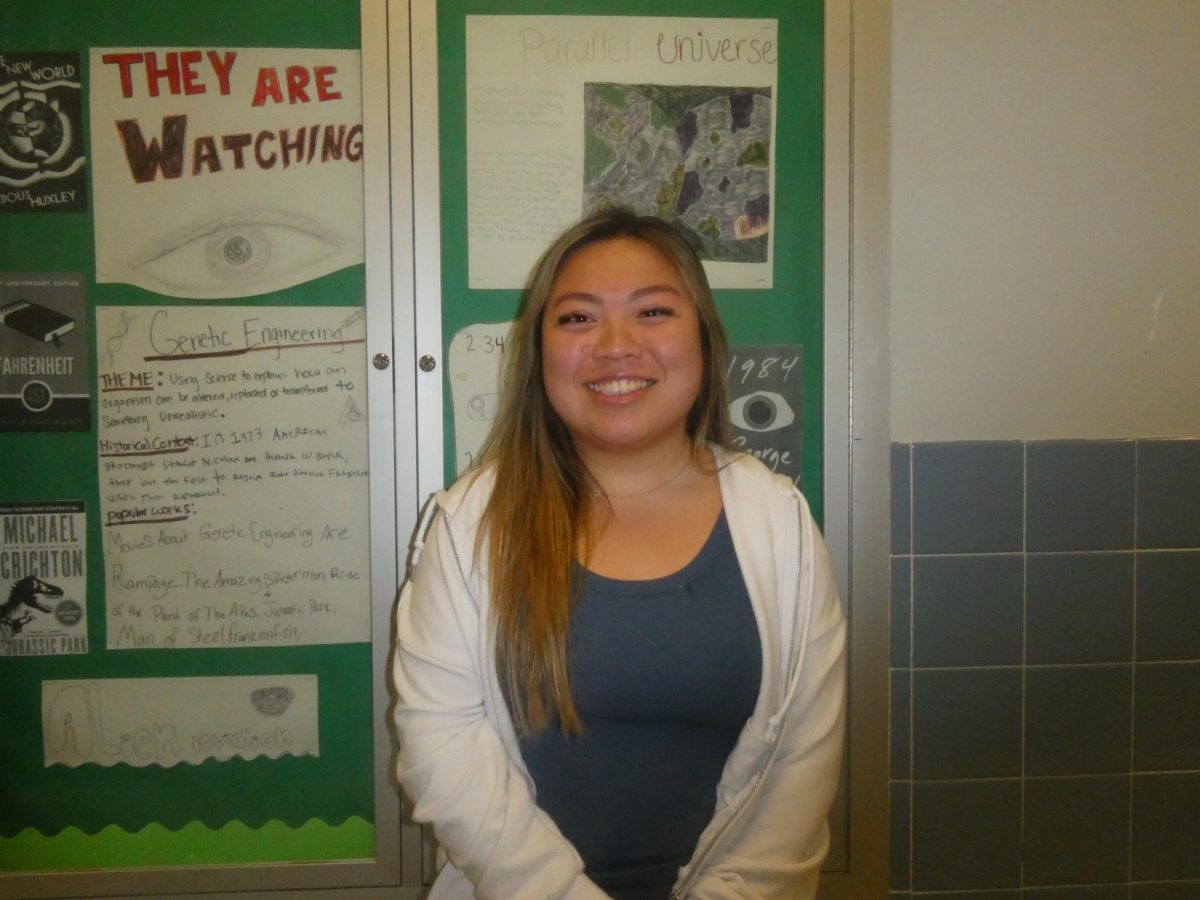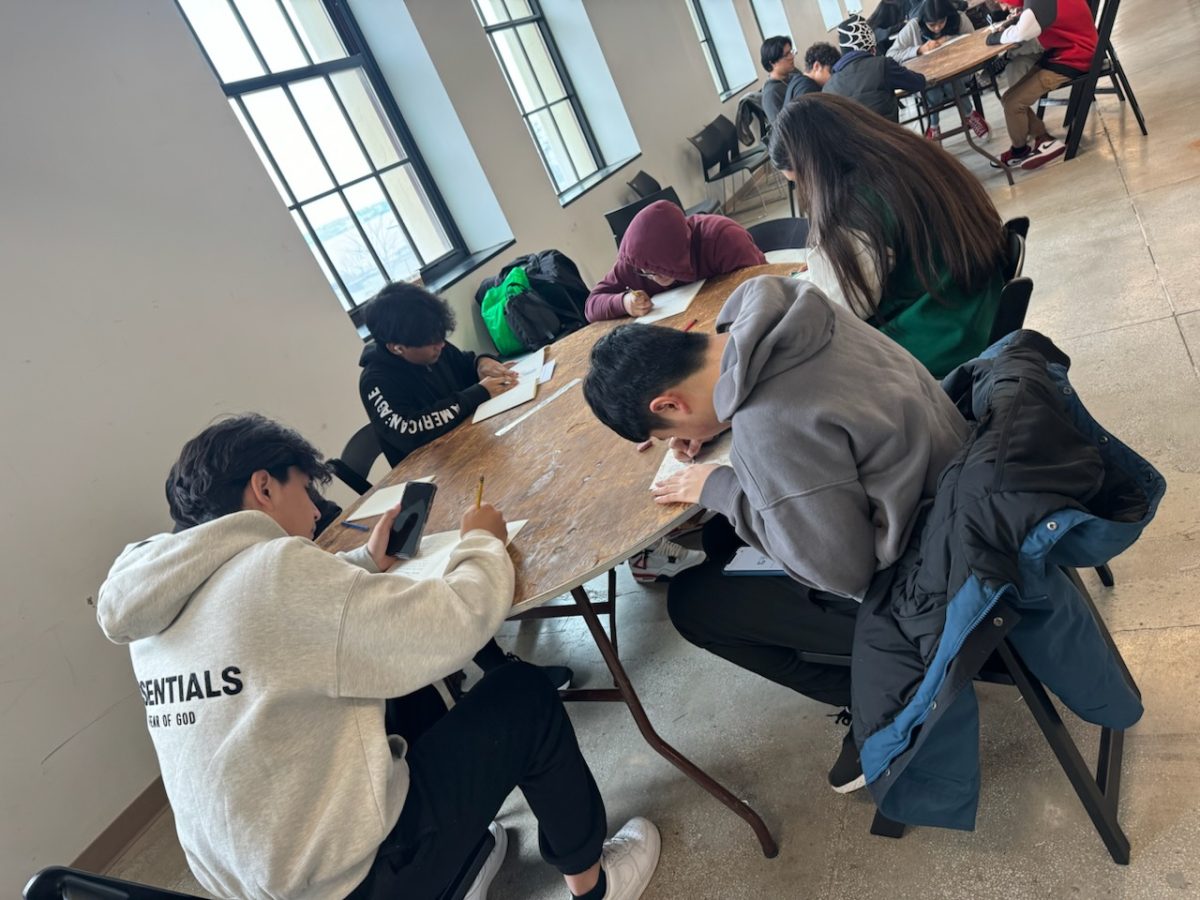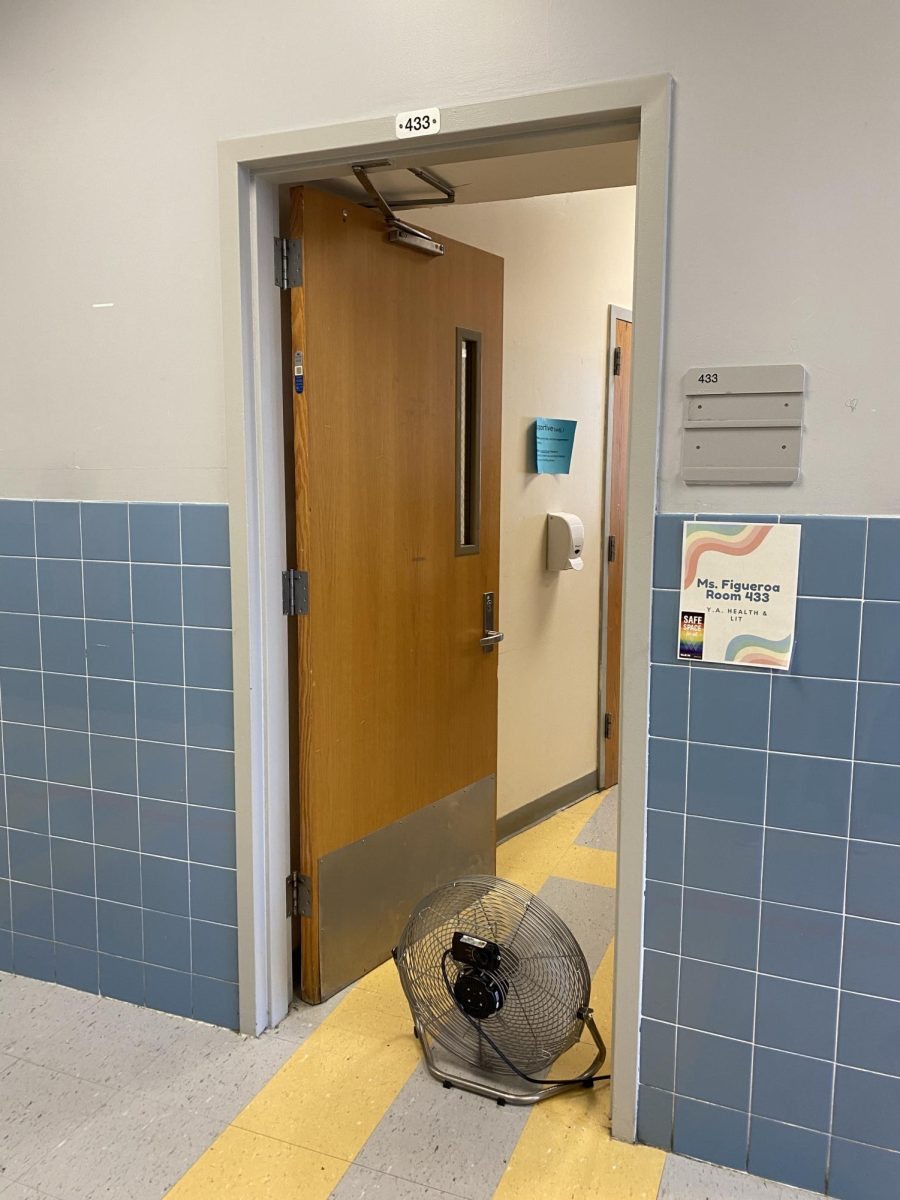The temperatures in classrooms have long been a discussion across the country. A place where students and teachers spend on average 35 hours a week, school is supposed to be a comfortable place for people to learn. However, too often the temperature gets in the way.
All DOE classrooms need to be at least 65 degrees Fahrenheit; however, there is currently no temperature cap. This means that classrooms can reach triple digits according to current policies. New York Senator James Skoufis proposed implementing a temperature cap of 88 degrees back in September, and although this is a step in the right direction, it may not be enough.
Excessive heat in schools has a negative effect on everybody involved. Research shows that hot classrooms can impact students’ learning. According to one study, students who face hotter temperatures in the building experience reduced learning and even score lower on exams. The study also found that the heat has a substantially larger impact on the achievement of students in lower-income school districts, especially on students of color.
Former Mayor of New York City Bill DeBlasio delivered a promise in 2017 to supply every classroom with a working air conditioning unit by 2022. Although he came through on this promise, gaps still exist in NYC buildings, especially in places that hold the most students like gymnasiums and auditoriums.
This issue is not specific to Brooklyn or even New York City.
In 2019, teachers, students, and parents protested in Denver because of temperatures reaching 94 degrees in classrooms.

During an interview with Inside Climate News, Dr. Joseph Allen said “in fact, the buildings, many buildings in these climates were designed to retain heat. Think about schools where I’m in Boston. They’re designed to retain heat, because most of the time, we need to heat these schools, and we’re protecting against the cold. And now you have these buildings that don’t have the ability to cool, the building materials actually absorb and retain heat.”
In September 2023, temperatures across the city were a hot topic. Publications like CBS, PIX 11 and The Gothamist published articles about the issue: classrooms were said to have hit upwards of 90 degrees.
Students at HSTAT really felt the heat at the start of the year.
“It made it impossible to return back to school,” explained senior Chancely Octave. Another student shared, “all my rooms are hot.”
An anonymous teacher on the 4th floor stated, “The heat on the 4th floor is overwhelming and stifling for students and staff. It prevents teachers from doing their best work and helping students. It also prevents students from completing their work and makes them sleepy.”
As we have transitioned into the winter, you would think that colder weather outside would equal colder weather inside, but there is not a direct correlation.
According to that same teacher from the 4th floor, the heat has gotten even worse this winter season, and some teachers have resorted to turning their air conditioning units on.
The issue is also rooted in inconsistencies between classrooms. Temperatures across floors fluctuate, and especially the transition into new wing classrooms. You might have your winter jacket on in one classroom and a T-Shirt on in the other.
When it comes to solving the issue at HSTAT, it is not as easy as it seems.
Mr. De Martini explained that the heat is turned on by our Fireman, Mr. Martinez as early as 5:00 am each day. “One heating system is a steam system regulated by thermostats in our older classrooms, and sometimes, it takes time for the heat to reach the upper floors, so the lower floors get hot. It also means that once the heat gets turned off, it takes a while for the radiators to cool down.,” De Martini said. “The other system is a forced-air system run by a computer, which opens and closes air vents according to the thermostats in the new wing classrooms. That system sometimes has software issues and needs to be serviced. It’s funny, but the 100 year-old system in our older classrooms is more consistent than the newer system in our new wing.”
This system, also referred to as the HVAC system, has long been the topic of some frustrating conversations around the building.

What are some next steps?
Knowing that this is a nation wide issue, there are a few immediate next steps that cities need to take.
Upgrade the electric systems in school buildings, install window units in every classroom and office, including gymnasiums and cafeterias, and fix existing HVAC systems.
For the future, however, buildings need to be designed in a way that will keep them cooler through green initiatives.


